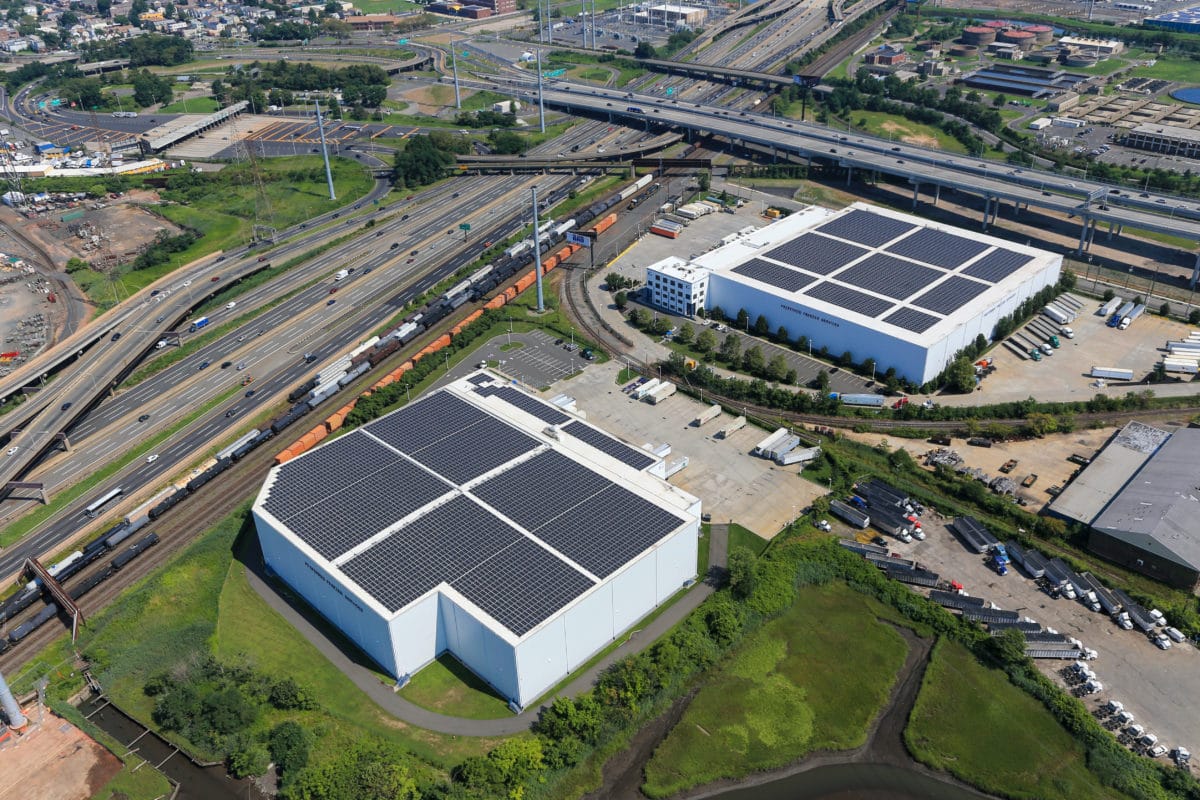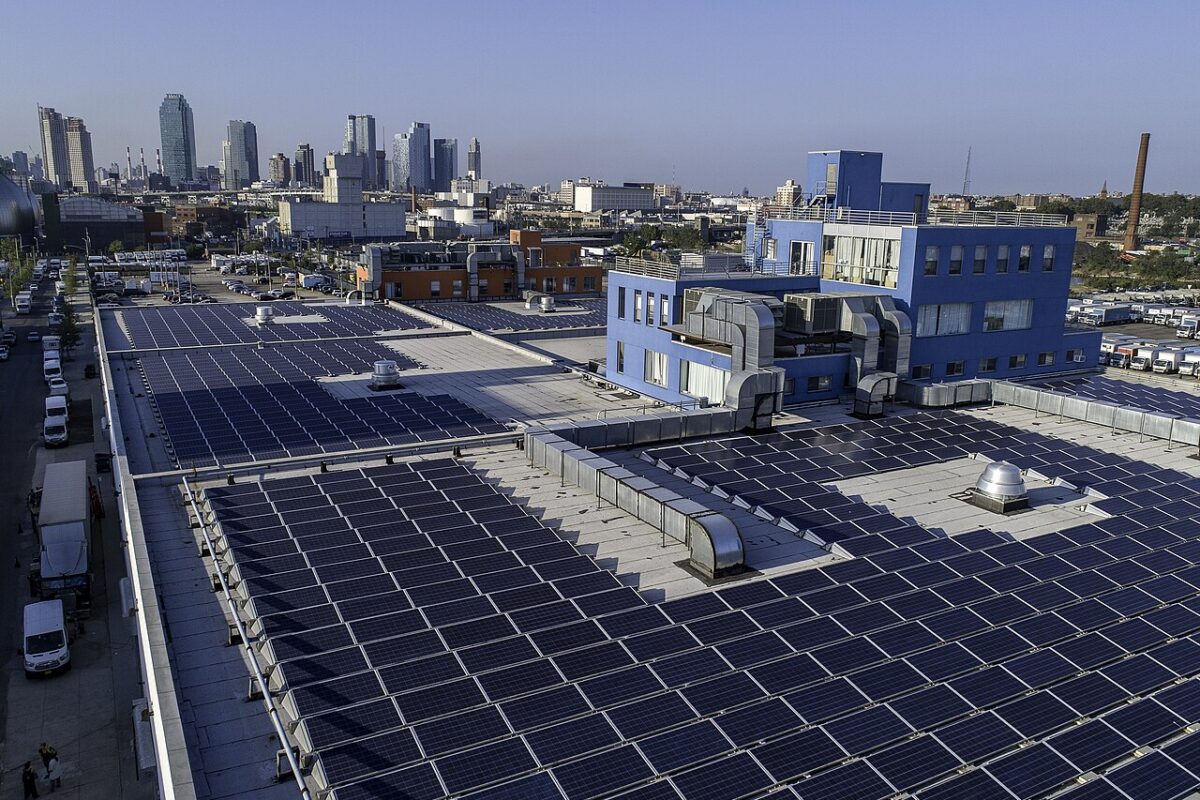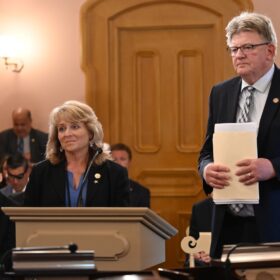Capitalism and the free market economy have helped create the world we live in today. This system has produced wealth, incentivized entrepreneurs to design innovative solutions, made people’s lives more comfortable, lifted a substantial portion of the world’s population from poverty, and is guaranteed to create opportunities for the future generations.
The full impact of the free market economy is continuously underestimated. The World Bank’s optimistic prediction for mobile phone growth in India was 41.5 million subscribers in 2009 from 1.2 million subscribers in 1998. India blew through those predictions by more than 4x and 3 years earlier than predicted with a base of 166 million mobile phones in 2006. As of 2018 year-end, the country had 566 million internet users, 97% of whom accessed internet on their mobile phones.
Something similar has happened with renewable energy growth. MIT’s Future of Solar Energy study in 2015 concluded that the 2006 World Energy Outlook projection for cumulative solar capacity in 2030 was surpassed in 2012 and the 2011 WEO projection for 2020 was surpassed in 2014. And anyone who even loosely follows energy knows that the U.S. Energy Information Administration repeatedly misses on predictions for renewable energy expansion and always does so erring on the conservative side.
The free market economy is efficient at quantifying potential investment risks which has helped direct financial resources into everything ranging from early stage research and development to ‘boring’ energy infrastructure to everyday goods and services. Yet there are certain systemic risks which cannot be mitigated by the free market economy alone. At times, the government needs to intervene and create special incentives or protections to de-risk the system. The most drastic (and timely) example is Covid-19. Other less prominent examples are federally backed flood insurance and federal indemnities for nuclear plant liability claims.
In cases with no unmitigated risks, the government can still provide incentives to help achieve broad goals. The U.S. federal government guarantees home mortgages allowing home purchases to be financed with low interest rates and long repayment terms. It can be argued that the incentives for clean energy play out similarly – they incentivize an industry with the benefits flowing directly to the consumers. With clean energy, corporations and residents achieve economic value usually through immediate savings with no capital upfront and reduce their environmental impact and meet sustainability goals.
The benefits of renewable energy come at a cost from the federal government by way of the federal Investment Tax Credit (ITC). States encourage renewable energy development most commonly through what is known as a Renewable Portfolio Standard (RPS). The majority of states in the U.S. now have an RPS (or at least a goal) and renewable energy projects in those markets can sell their environmental attributes, often known as renewable energy credits or RECs to corporations, utilities, and other entities to offset carbon footprint or meet compliance standards. The revenue from the sale of RECs makes these projects financeable and incentivizes more renewable energy growth. The states then benefit from reduction in emissions, investment in resilient infrastructure with no fuel risk and local jobs and economic growth.
More and more states are realizing these benefits, and their constituents – be it the large corporations or their citizens – are demanding more. Virginia is the most recent example of a state that has rolled out an aggressive clean energy plan with the goal to have 100% clean energy by 2050. Virginia joins a host of other states including New York, New Jersey, California, Maine, Massachusetts, and several others with aggressive renewable energy targets. States have always exercised the ability to develop their own energy policies through a variety of ways in both regulated and deregulated markets. There are pluses and minuses to both, but the undeniable advantage is that the decision is up to the states. That could all change soon.
The Federal Energy Regulatory Commission (FERC) is traditionally a bi-partisan federal agency that regulates the transmission and wholesale sale of electricity. As it stands now, its leadership is lopsided in favor of the Republican party (3 to 1) and is attempting to expand beyond its traditional wholesale purview to reach into the states and dictate local energy policy.
Recently, FERC mandated a Minimum Offer Price Rule (MOPR) in the PJM market (the country’s largest wholesale market) capacity auctions for renewable energy, which monetizes state incentives such as RECs. The broad consensus in the renewable industry is that the minimum price set will be higher than the clearing price, effectively blocking renewable assets from qualifying in the auctions. FERC’s justification is that such assets bid low prices (backed by incentives) to distort the market. In fact, this decision is expected to increase prices by up to $2.6B per year according to a recent report from Grid Strategies. States with incentives for renewable energy are predictably upset at the possibility of paying more to achieve reliability and many states including Maryland, Illinois and New Jersey are considering exiting the PJM capacity market altogether.
In April, a group called New England Ratepayers Association (NERA) petitioned FERC to declare jurisdiction over state-level net-metering policies. NERA, which claims to represent ratepayers, is not required to and did not disclose its funding sources. NERA argues that net-metering compensation is excessive and that the practice allocates T&D costs disproportionately among ratepayers. The timing of this filing is curious and FERC’s decision in this matter is still unknown.
There are admittedly challenges with net metering, most notably the calculation and distribution of the transmission and distribution costs and benefits. The methodology to determine these costs and benefits has been debated for years at the state level, and that is the way it should be because these are retail transactions within state boundaries. What works in Massachusetts may not work in Minnesota. What creates jobs in Texas is likely different than what creates jobs in California, and that is okay.
The above examples involve government intervention and stray far from the pure free market economy. Many critics of clean energy infrastructure often point to the incentives as being a distortion to the market. Fossil-fuel plants also receive substantial indirect incentives which were thought necessary to bring in private investment. In that same vein, policies which help accelerate the deployment of clean energy should not be categorized as distortion of free market economy. And just as incentives remain for the now mature fossil-fuel plants, so should incentives be maintained for the still growing renewable energy industry – for these policies translate into direct and indirect benefits for all the consumers as determined by the respective states.
Businesses and organizations need to adapt and become more efficient as the environment evolves, sustainability and resilience grow in importance and technological advancements materialize and become commercially viable. Putting incentives and market interference aside, renewable energy has made some serious technological and commercial strides. The cost of clean energy, most notably solar, has fallen faster than the industry expected. Distributed generation has disrupted the traditional centralized generation utility model, just as streaming has disrupted cable industry, as smart phones have disrupted the communications business, and as Tesla’s success has forced other large auto manufacturers to invest in EV models. This is the cycle of business and how the free market economy rewards innovation.
A phrase that has particularly stayed with me when discussing this current policy landscape was that these recent changes in policies and federal assertion in state’s rights were “unamerican.” Hallmarks of American policies, as I understand it, are rewarding entrepreneurship and protecting investments from unpredictable movements in the regulatory landscape. The American system was built to enable each level of government to counteract wider or local policies that may be ineffective or damaging. It is crucial for the regulatory authorities, policy makers, and the courts to uphold these ideals and view the renewable industry not as a burden on the grid but as the cutting-edge jobs and economic engine that it is. Maintaining favorable policies for clean energy combined with the free market economy is sure to pay outsized long-term financial and societal dividends.
***
Shivapriya Balasubramanian is a senior associate at Madison Energy Investments with experience investing in clean energy infrastructure in the U.S. and India.
The views and opinions expressed in this article are the author’s own, and do not necessarily reflect those held by pv magazine.
This content is protected by copyright and may not be reused. If you want to cooperate with us and would like to reuse some of our content, please contact: editors@pv-magazine.com.








Thank you for this thoughtful and well reasoned essay. One of the reasons I love working in the solar energy industry is the variety of Americans I have the opportunity to meet. Regardless of their political leanings or affiliations, they support solar and are grateful for the financial benefit, independence and security that comes with it. The few who complain about subsidies and tax incentives for solar are usually unaware of how heavily fossil fuels have been and continue to be subsidized. So I thank you for hi-lighting that fact here and for connecting the dots so well. I will share this article widely.
Vote.
“The full impact of the free market economy is continuously underestimated. The World Bank’s optimistic prediction for mobile phone growth in India was 41.5 million subscribers in 2009 from 1.2 million subscribers in 1998. India blew through those predictions by more than 4x and 3 years earlier than predicted with a base of 166 million mobile phones in 2006. As of 2018 year-end, the country had 566 million internet users, 97% of whom accessed internet on their mobile phones.”
In the past couple of decades, the so called “third world countries” have embraced technology to embolden, inform and enhance their lives. Look at the U.S. for instance, thousands and thousands of miles of copper cable stretched on poles and buried underground (just) to service land line phone calls, some very rural four wire internet. Countries like Africa and India began installing cell phone infrastructure years ago and leaped over the “communications wire” technology all together. Countries like Africa and India are leaping over copper wires on poles for thousands of miles to send electricity to their homes in small villages and towns scattered across their continents. Pico, micro solar PV power supplies installed on homes across hard to reach regions of the country have brought forth a new economy to those countries. It has been projected by the end of 2020, 193 million off grid systems will have been installed in Africa. In India it is the businesses installing solar PV to supplement or supply their energy needs. There are at least 26 million households using off grid solar PV in India since around 2012, by now this could have doubled. Makes me wonder in the numbers of uptake of solar PV in other countries like Africa and India, just who the third world country is.
Thank you for this article, it takes a deep dive into the “arguments” from rote utilities, Federal regulators, lobbying groups (NERA) and some intervening by large energy companies in the (NERA) argument of net metering, TD&D costs and residential distributed solar PV. RMP, (Rocky Mountain Power) has already stated Berkshire Hathaway’s opinion of what excess solar PV pushed back onto the grid (should) be worth, as stated it should be priced at 1.5 cents/kWh to 2.0 cents/kWh. Without any consideration of the worth of a distributed energy generation system that puts power back onto the grid at the proper voltage and frequency that will be used right in the neighborhood this generation takes place. All avoided costs to the utility and stolen value to the residential solar PV adopter. This “battle” also points out the actual momentum a “disruptive technology” presents. When people stop talking and start doing like those folks in India and Africa, they will vote with their wallets, installing their own solar PV and smart energy storage to insulate themselves from the rhetoric, lies, accusations and excuses.
At times I wish that the whole energy industry was not so blurry or foggy – that the average person like moi could see that there were no outside factors influencing the industry. A more level playing field if one thinks about it. There should be more industry regulations that self terminate after so many years if they are not renewed by legislators. It would help make things a lot simpler.
Can’t see it happening anytime soon. Most of these egregious “regulations” have been ‘hammered’ out Legislators and Lobbyists. Sometimes Joe public gets to sit in on a ‘planning’ meeting and even have a public comment read into the record. What I’ve witnessed that sometimes works is (numbers) and attitudes. The numbers of people showing up for a public meeting, say on raising water rates. Their size and attitude towards the board of directors does sway opinion and can make a difference between a $0.25/unit rate increase and a $0.75/unit rate increase.
What we can do is what some have done before us. Vote with your wallet. The bank is very happy to hold your money and give you a whopping 0.05% to 1.5% APY on your savings. I’ve heard the “average” electric bill is $100/mo.. I’ve found out that in hot arid climates it averages from $300 to $500/mo.. So, taking that money out of the bank and putting it on your roof in solar PV can save you at least $200 to $300 a month, that could be spent elsewhere like home insurance, auto insurance, groceries. Today with PV prices dropping, even with tariffs on solar PV panels a $30K solar PV system can erase a regular monthly electric bill for life and free up monies for other household budget items. IF this is YOUR policy and your plan, then you reap the rewards of your actions.
What the US and the World needs is AgriVoltaics, using Solar Energy, and alone can provide >>100% of US and the GLOBAL ENERGY NEEDS…. (not just Electricity…. which is only about 25-35% of the Total Energy requirements).
Remember… ALL FOSSIL FUELS POLLUTE… SOME MORE… OTHERS LESS. NUCLEAR LEAVES BEHIND DEADLY WASTE… WHICH NO ONE WANTS…. FOR 100,000+ YEARS…
A 15/150TW (US/Global), producing 20,000/ 200,000 TWhr/yr, AgriVoltaic System using << 10% of EXISTING AGRICULTURAL LAND can do this easily… while producing food too… at the same time.. on the same land.
This coupled with a 20% Storage (3/30TW… storing overnight 4,000/40,000TWhr) for nite time…. BASED ON NOT BATTERIES BUT PUMPED/PESSURIZED HYDRO STORAGE can provide 24/365 Power to ALL from Solar Energy…..
ALL USING EXISTING & PROVEN TECHNOLOGIES AND MANUFACTURING INFRASTRUCTURE TOO…. AT AN ESTIMATED $20/200 TRILLION.